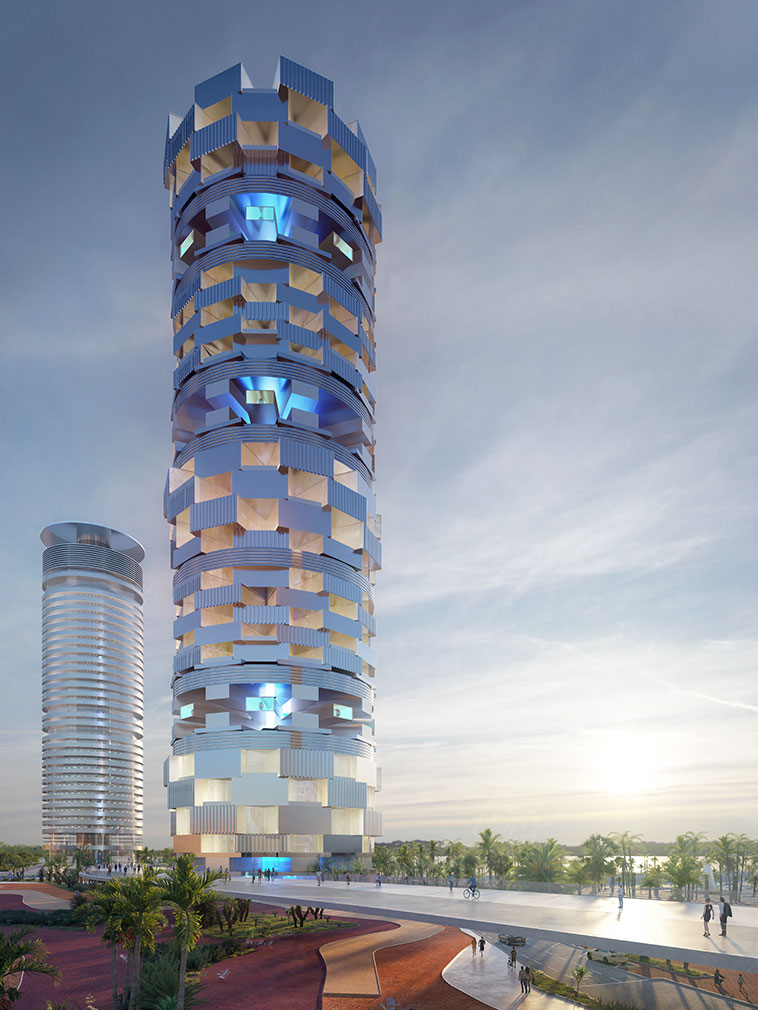Data centres are vital to modern life, and they’re proliferating. They’re full of racks of computer servers, which store website data and share it with other computers and mobile devices. Every search, click or streamed video sets several servers to work. Worldwide, they have grown in number from 500,000 in 2012 to more than 8m today, according to market intelligence provider International Data Corporation.
But their architecture has been largely overlooked. Typically, data centres are big grey, windowless warehouse-style boxes with high-security fences. Nearly all the effort goes on the inside: servers, along with equipment to power and cool them.

However, some data centres buck this trend. Dotted around the world are fine examples of this new architectural typology by some of our most interesting practices. Power House: the architecture of data centres showcases some of these gems and demonstrates that when architects are given freedom or have inspired clients, these buildings can become architecturally significant.

The four low-rise buildings of the Gak Chuncheon data centre in South Korea are positioned to allow the cool air that flows from the crevices of Mount Gubong to pass through the building and cool servers. The facility for Naver – South Korea’s leading search engine and a global technology provider of fintech – was designed by Kengo Kuma and DMP and built in 2013.
Photography: © Naver

Scott Brownrigg’s new concept (created especially for Power House) plays on this. The architects’ ‘mixed-use and up close’ idea imagines a city centre DC sitting alongside urban farming, brewing, robotics and a produce market. ‘These activities make use of the DC’s waste heat,’ says the architects.

Arup Engineered Architecture’s retrofitted oil-rig concept (created especially for Power House) would see off-shore platforms converted into data centres that could be cooled with the help of the North Sea’s cold winds and deep waters.
Render: courtesy of Arup

Schneider+Schumacher’s cladding on the Qianhai Telecommunication Centre reflects the Shenzhen sunlight and provides a buffer zone to prevent heat from reaching the building. The Qianhai Telecommunication Centre will be the world’s first high-rise such building – with 16 storeys when it completes in 2023.
Photography: © Schneider+Schumacher

Naver’s handsome Gak Sejong data centre in South Korea by local firm Junglim Architects will be completed in 2023.
Photography: © Naver

Data centres are energy guzzlers. This concept, created by MIT’s Advanced Nuclear & Production Experts Group with architect Iain Macdonald, imagines how a DC in Barcelona could look if it were powered by a (relatively small) nuclear battery, which the team has also devised.
Courtesy ANPEG

This is a thermographic image of Amazon Data Services Ireland Ltd (ADSIL), in Dublin, designed by Kavanagh Tuite Architects. It shows the heat that data centres use and expel.
Image courtesy: Annex (c)

The Belvedere Data Centre in south-east London was designed for Stratus Data Centres by Scott Brownrigg. Planning approval was obtained in June 2020.
Image courtesy Scott Brownrigg























